How Much Does a Financial Advisor Cost? Fee Only vs Commission.
If you’ve ever wondered how much a financial advisor actually costs, you’re not alone, and the answer is, it depends. The way advisors are compensated can vary significantly, and the pricing model they use can impact the kind of advice you receive. Understanding the difference between fee-only and commission-based advisors is essential to choosing someone who aligns with your values, goals, and best interests.
At One Advisory Partners, we believe clarity in pricing builds trust. That’s why we operate as a fee-only, fiduciary firm with no hidden incentives. But let’s break down the most common models so you can make an informed choice.
Common Financial Advisor Fee Models
Here are the primary ways financial advisors get paid:
1. Fee Only (Flat Fee or Hourly)
The advisor is paid directly by the client, not by product providers or third parties
Can be structured as a flat annual fee, hourly rate, or retainer
No commissions are received
Pros:
Full transparency
No incentive to sell products
Typically includes holistic planning across investments, tax, estate, insurance, and retirement
Cons:
May feel expensive upfront for clients who aren’t used to paying directly
2. Assets Under Management (AUM)
The advisor charges a percentage of your assets they manage (commonly 1 %)
Often includes investment management and some planning
Pros:
Aligns advisor incentives with your portfolio performance
Fees scale with account growth
Cons:
Can become costly as your assets grow
May discourage advisors from recommending moves that reduce assets under management (like paying off a mortgage or gifting to family)
3. Commission Based
Advisor is paid commissions by third parties (insurance companies, mutual fund providers, etc.) when they sell you a product
Pros:
May seem "free" at the point of advice
Advisor is compensated by someone else, not you directly
Cons:
High potential for conflicts of interest
Advice may be influenced by commission incentives
You may not see what you’re actually paying
4. Fee-Based (Hybrid)
A mix of AUM fees and commissions
Advisor may offer some financial planning alongside product sales
Pros:
Flexibility
Can be a middle ground between models
Cons:
Still opens the door to conflicted advice
Harder to evaluate if recommendations are entirely in your best interest
Why Fee Only Matters
When you work with a fee-only advisor, you’re paying for advice, not products. That means:
You know precisely what you’re paying
Your advisor has no financial stake in recommending one strategy over another
Your plan is built around your needs, not a sales quota
At One Advisory Partners, our flat fee structure is simple, predictable, and completely aligned with your goals. We don’t earn commissions, manage to quotas, or recommend anything we wouldn’t use ourselves. We are fiduciaries, which means we are legally and ethically required to act in your best interest at all times.
Real Cost Comparison: What Are You Really Paying?
Let’s say you have $1 million to invest. Here’s how costs might break down:
AUM model at 1 %: $10,000 per year
Flat-fee model: typically between $5,000 and $8,000, depending on complexity
Commission-based: Could be hidden in product fees (for example, a 5 percent upfront commission could equal $50,000 over time)
Over time, the fee structure can significantly affect your wealth. And more importantly, it can shape the kind of advice you receive. Fees affect not just your bottom line, but also the integrity of the recommendations you get.
Choosing the Right Advisor for You
Asking the right questions up front can save you money, confusion, and regret down the line:
Are you a fiduciary at all times?
How are you compensated?
Do you receive commissions or other incentives?
Can you explain your fees in writing?
Will your advice be limited by products or providers?
If any advisor hesitates to answer these clearly, that’s a red flag. Transparency should be a non-negotiable in your financial relationship.
Final Thoughts
Financial advice is not one-size-fits-all, but your advisor’s fee structure should never be a mystery. The best advice is built on trust, objectivity, and full transparency.
At One Advisory Partners, we’ve built our firm around giving clients straightforward, personalized guidance that’s never tied to sales. Because you deserve advice that’s aligned with your goals, not someone else’s paycheck.
Ready for Advice Without the Sales Pitch?
Schedule a consultation with One Advisory Partners today and experience the difference of working with a true fee-only fiduciary.

